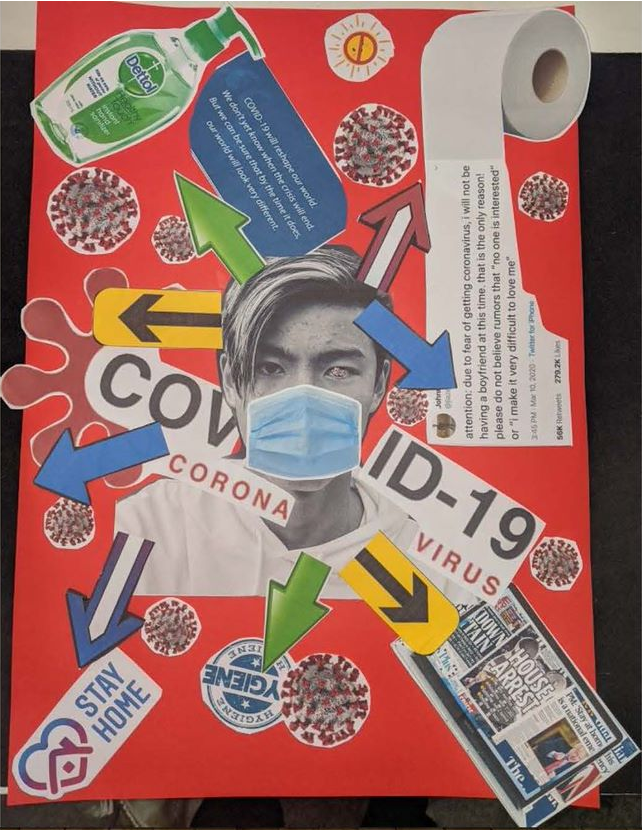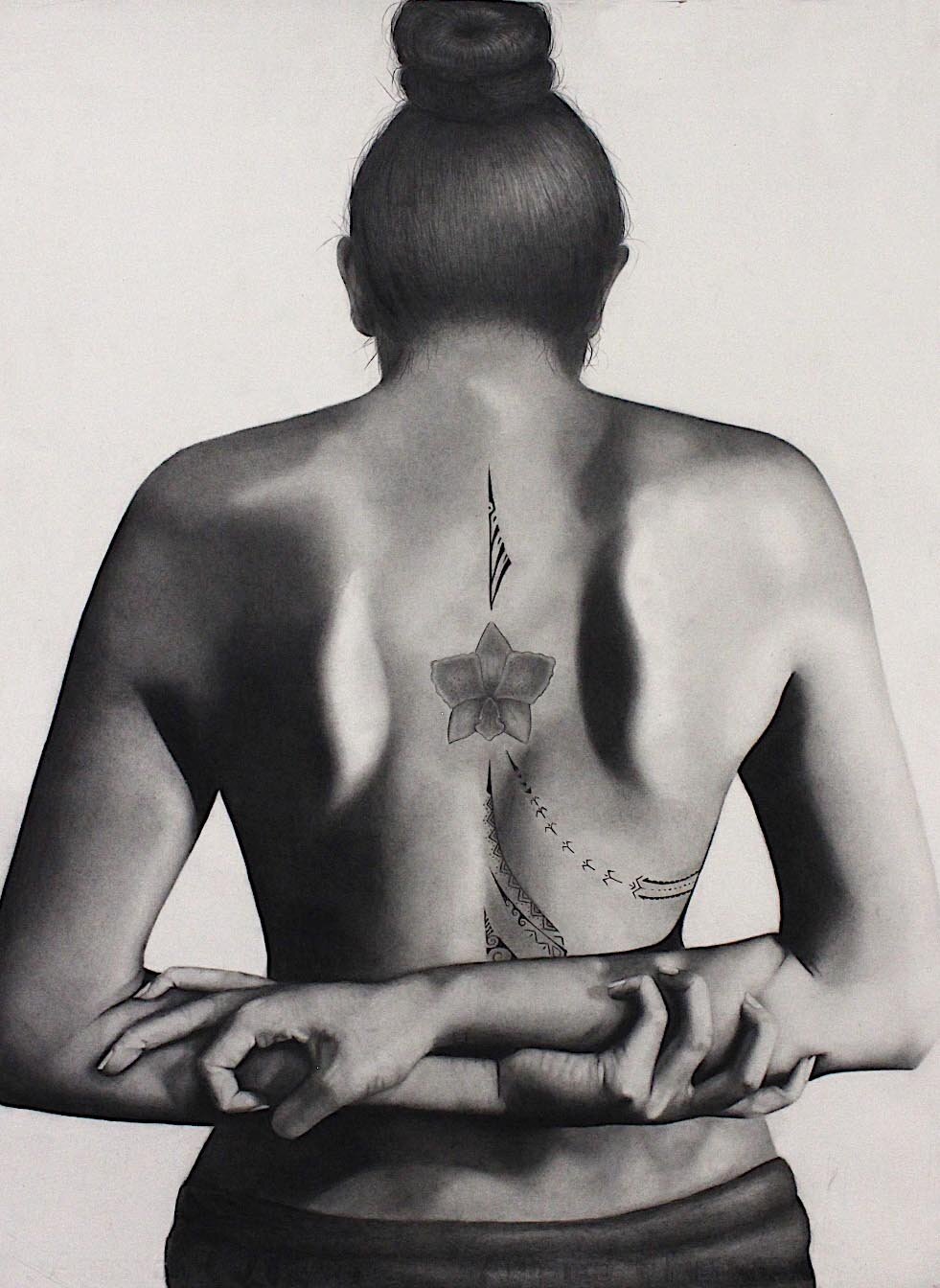
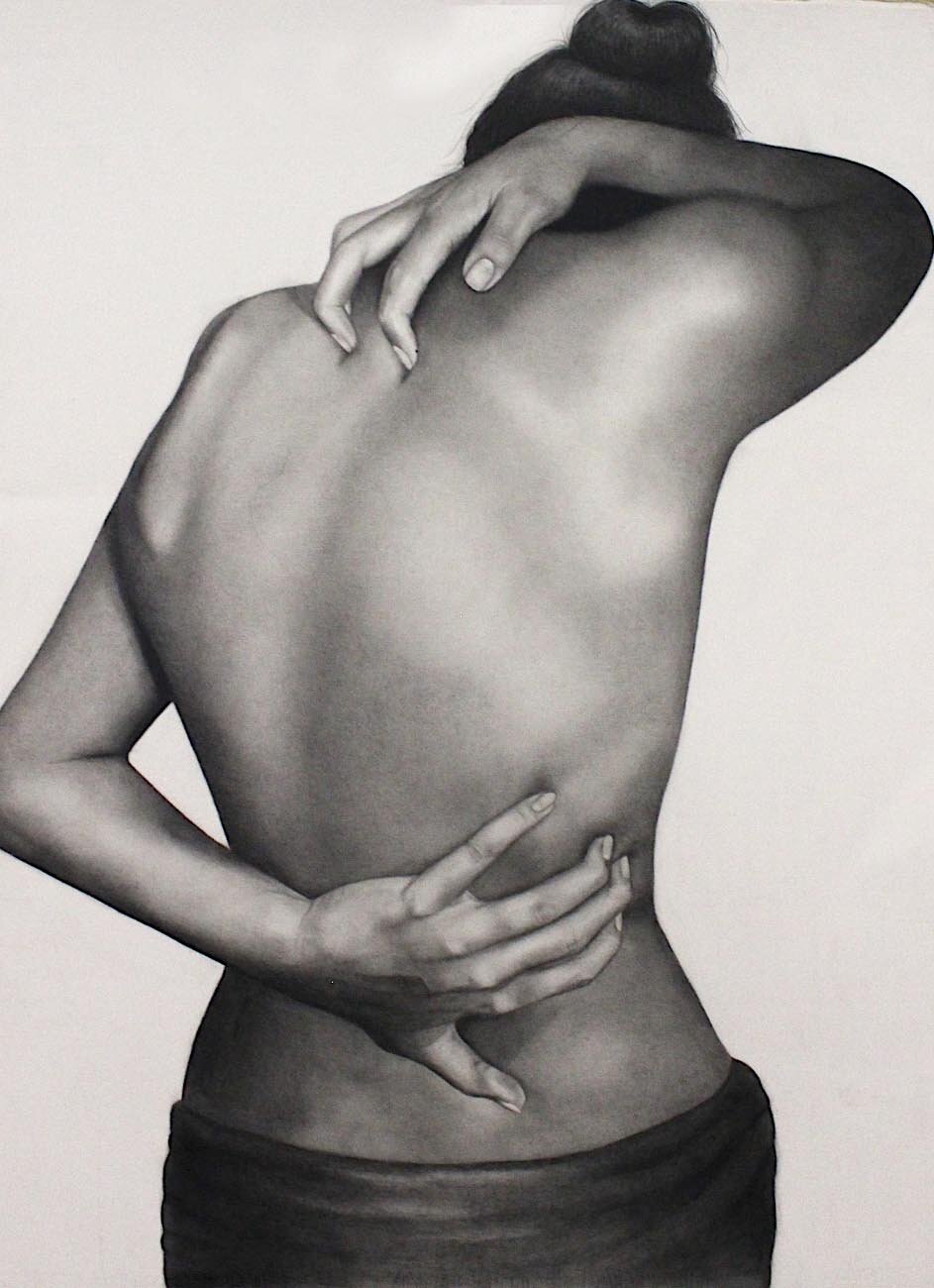
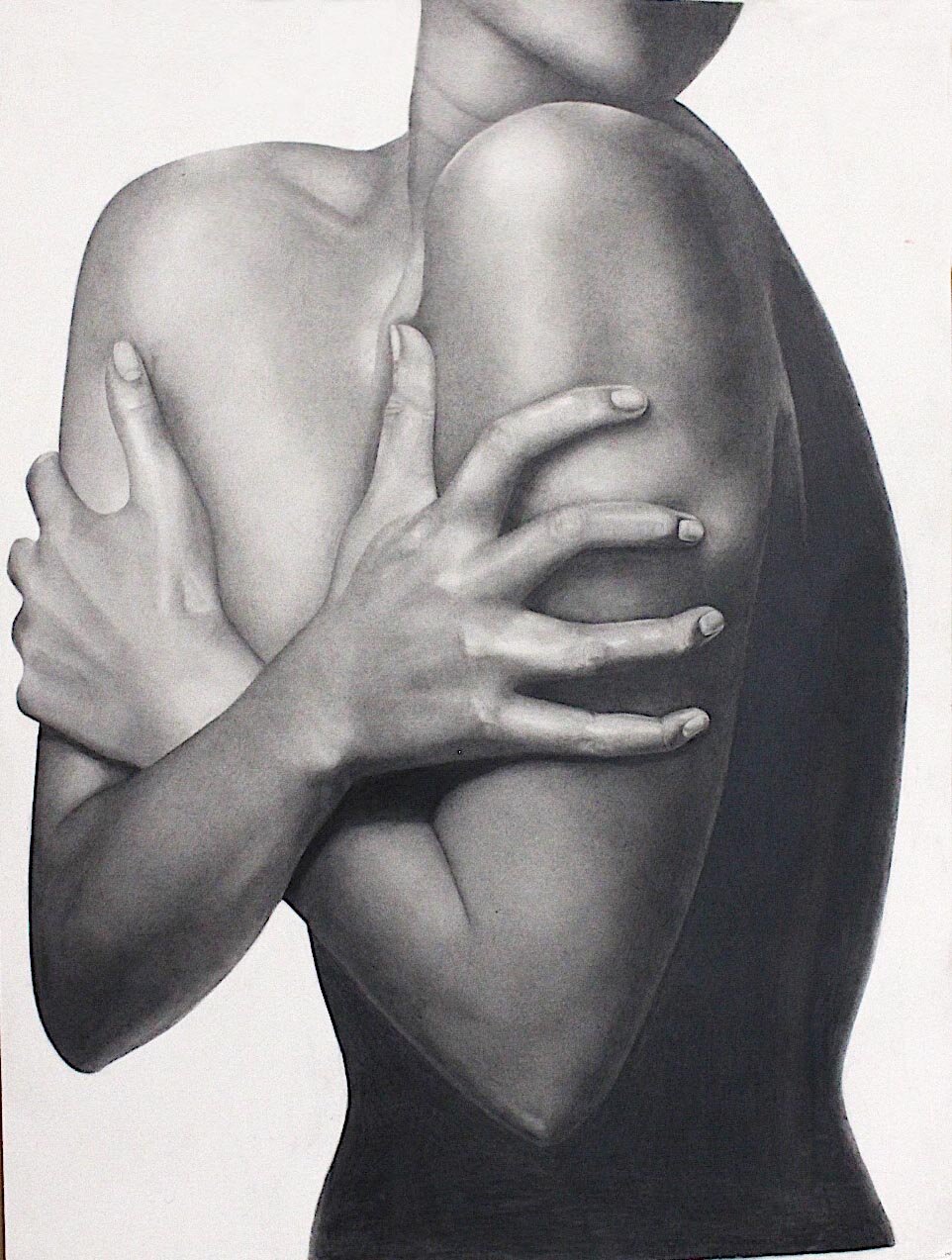
Visual Arts
Visual Arts provides opportunities for students to enjoy the making and studying of art. It builds an understanding of the role of art in all forms of media, both in the contemporary and historical world, and enables students to represent their ideas and interests in artworks. Visual Arts enables students to become informed about, understand and write about their contemporary world.
Students learn to make artworks using a range of materials and techniques in 2D, 3D and 4D forms, including traditional and more contemporary forms, site-specific works, installations, video and digital media and other ICT forms, to build a body of work overtime. They learn to develop their research skills, approaches to experimentation and how to make informed personal choices and judgments. They learn to record procedures and activities about their artmaking practice in their Visual Arts diary. They learn to investigate and respond to a wide range of artists and artworks in artmaking, critical and historical studies.
Below is an outline of the different Visual Arts courses throughout the various stages.
Stage 4
Stage 5
Photographic and Digital Media - Moving Images (PHOM)
Photographic and Digital Media - Still Images (PHOS)
Stage 6
Visual Arts (Years 11 and 12)
Photography, Video and Digital Imaging - Content Endorsed Course
Screen and Media - Vocational Education and Training Board Endorsed Course
Year 7 Visual Arts
In Year 7 Visual Arts, the overall theme is “Let’s Talk About Art”. The students are given the opportunity to develop core skills in Drawing, Painting, Sculpture, Ceramics, Printmaking and Digital Photography. These skills are taught in conjunction with learning about the Elements and Principles of Visual Arts as well as the methodologies of STUDIO PRACTICE. The students also learn about the function of the artist to make artworks within a social and cultural context.
Visual Arts (Years 9 and 10)
In Year 9, students will investigate all areas of the Visual Arts including Painting, Drawing, Sculpture, Ceramics, Printmaking and Photography to make artworks that are reflective and personal; investigating the physical and psychological world. Students investigate how practice in the field of Visual Arts is shaped by values and beliefs about the individual, social structures and the artworld. Critical and historical studies of artworks are provided with opportunities to investigate how and why artists make artworks, and how and why art historians and critics write about artworks.
In Year 10, the course focuses on Deeper Knowledge and skills of the conventions of Visual Arts practice in Art Making, Art Criticism and Art History through a broad or specialised investigation of all expressive areas. Students begin to make decisions about how to apply aspects of practice to making Bodies of Work and how artworks represent their intentions and communicate meanings. Year 10 culminates in the creation of a sophisticated production of a BODY OF WORK.
Year 10 Visual Arts Term 2 2020
Students created a Postmodern Mix Media Artwork, which represented The Natural Environment and or / an Environmental Issue. The students were directed to consider integrating natural forms in an interesting and unusual way. They also referred to the work of John Wolseley, Andy Goldsworthy , Fiona Hall, Merran Esson and other environmental artists in the aesthetics of the form.
Year 9 Visual Arts Term 2 2020
Using the theme “Me, Myself and Isolation”, Year 9 students developed a set of 5 postcards (one for every weekday), which focused on a Self-portrait and your representation of this theme through a range of mixed media such as drawing and painting, photography, collage materials, digital media.
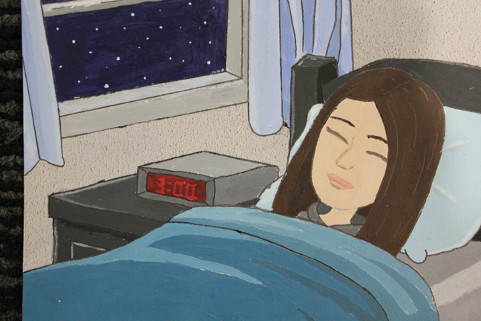

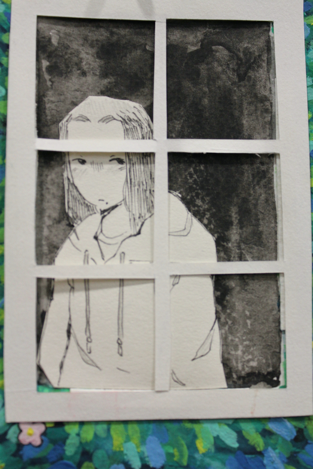
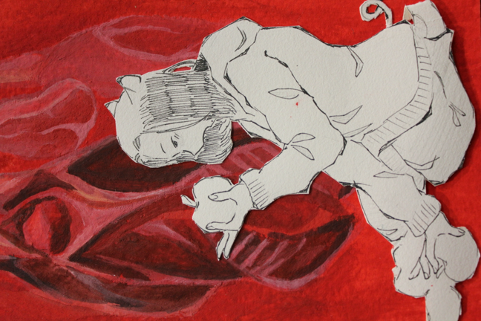
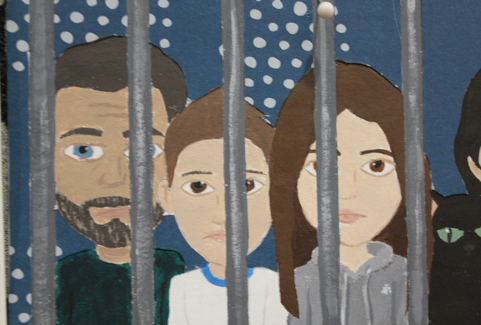
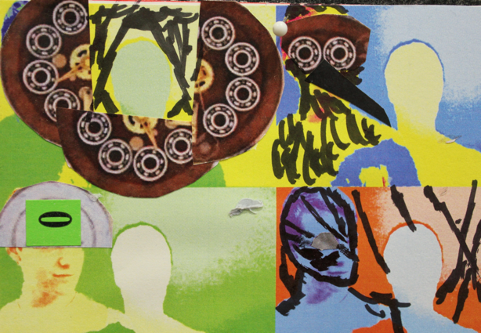
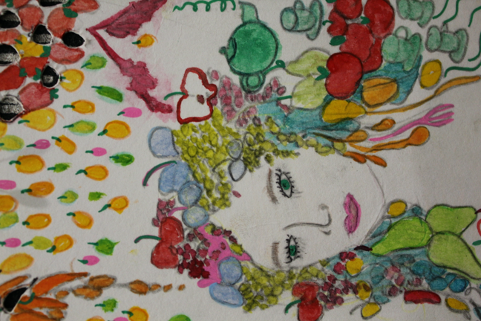
Year 9 Visual Arts Term 1 2020
Students created a folio of artworks studying the subject of “The Still Life” (Still Life - A painting or drawing of inanimate objects).
Students explored a range of materials including acrylic paint on canvas referring the Dutch Golden Age.



Photographic and Digital Media (Years 9 and 10)
- Moving Images (PHOM)
Students learn about the field of Photographic and Digital Media (Moving Images) comprising conventions, technologies, traditions and relationships of film making. This includes camera craft, script writing, stop-frame animation production, digital editing and the historical and critical practices of animators and filmmakers.
The course begins by investigating the conventions, activities, traditions and customs of screen culture, experimental cinema and animation. Students then build deeper knowledge and skills of the conventions and practice in photographic and digital media moving forms. The second year of the course builds on knowledge learnt in Year 9 in all areas of video and stop-frame animation production. Students begin to make decisions about how to apply aspects of practice to making photographic and digital works to represent their intentions and communicate meanings. They also explore the conventions of film genres. Year 10 culminates in the creation of sophisticated films and animations.
Students develop skills and knowledge in video and stop-frame animation techniques, including video camera handling, editing techniques, movement in animation and sound production practice suited to individual intention and style.
They also consider the significance of collaboration in the development of film and video work.
Photographic and Digital Media (Years 9 and 10)
- Still Images (PHOS)
The course begins by investigating digital photography and the digital darkroom as well as wet photography including technical codes, camera craft, wet processing and darkroom printing. Students then develop deeper knowledge and skills of the conventions and practice in photographic and digital media. They make decisions about how to apply aspects of practice to making photographic and digital works to represent their intentions and communicate meanings.
Year 10 culminates in the creation of a sophisticated production of a Body of Photographic Works.
Students develop skills and knowledge in photographic and digital technology, including darkroom techniques, camera craft and photographic digital editing programs (Photoshop). They also investigate and explore the historical and cultural significance of the photographic image.
Visual Arts (Years 11 and 12)
Visual Arts involves students in art making, art criticism and art history. Students develop their own artworks, culminating in a 'Body of Work' (BOW) in the HSC course. Students critically and historically investigate artworks, critics, historians and artists from Australia as well as those from other cultures, traditions and times. The Preliminary course is broadly focused, while the HSC course provides for deeper and more complex investigations.
In Year 11, the students investigate the nature of practice in art making, art criticism and art history through different investigations, the role and function of artists, artworks, the world and audiences in the art world, develop their own informed points of view, meaning, focus and interest in their work.
They begin with an exploration of the traditions, procedures and conventions of the dominant Modern Art Movements of the Twentieth Century. Students work in a range of forms and investigate artist world and artwork relationships to make artworks responding to issues arising out of the development of the various Modern Styles. They progress onto a postmodern and cultural investigation of the development of the Post Modern Art Movement, focusing on installation art practices and the use of new technologies. Students make artworks that represent a point of view about cultural identity and the changing nature of the Artwork.
In Year 12, students further develop meaning and focus in their work by experimenting and exploring materials. They work towards a Body of Work (BOW) and use a Visual Arts Process Diary (VAPD) for the HSC course. They undertake deeper and more complex investigations of ideas in art criticism and art history through five specific Case Studies.
2021 ARTEXPRESS
ARTEXPRESS is an annual exhibition featuring a selection of outstanding student artworks developed for the artmaking component of the HSC examination in visual arts in NSW. It includes a broad range of approaches and expressive forms, including ceramics, collection of works, documented forms, drawing, graphic design, painting, photomedia, printmaking, sculpture, textiles and fibre, and time-based forms.
From 8616 students who submitted Bodies of Works for the 2020 HSC Visual Arts Examination, 575 students were nominated for ARTEXPRESS. Rose Bay Secondary College is proud to announce that three of our Year 12 students, Lehon Karube, Sam Wermut and Victoria Brenelli have been nominated. Their amazing works can be seen below.
For more information on ARTEXPRESS, please visit their website.
Lehon Karube - “Ikebana”



Sam Wermut - “Proof of Life”
Victoria Brenelli - “ “
Year 11 Visual Arts Term 1 2020
In Semester 1, Year 11 commenced the Stage 6 Visual Arts course exploring the conventions of art making during the modernist era. They developed a collection of works inspired by artists of the 20th century from Impressionists to Pop Artists, which informed their own original 2D artworks.
Photography, Video and Digital Imaging
(Years 11 and 12) - Content Endorsed Course
Photography, Video and Digital Imaging offers students the opportunity to explore contemporary artistic practices that make use of Photography and Digital Imaging. These fields of artistic practice resonate within students’ experience and understanding of the world and are highly relevant to contemporary ways of interpreting the world. The course offers opportunities for investigation of one or more of these fields and develops students’ understanding and skills, which contribute to an informed critical practice. The course is designed to enable students to gain an increasing accomplishment and independence in their representation of ideas in the fields of photography and/or digital imaging. Students will learn to understand and value how these fields of practice invite different interpretations and explanations.
Students will develop knowledge, skills and understanding through the making of photographs and/or digital images that lead to and demonstrate conceptual and technical accomplishment. They will also develop knowledge; skills and understanding that lead to increasingly accomplished critical and historical investigations of photography and/or digital imaging.
Screen and Media (Years 11 and 12)
This course is developed from the Screen and Media Training Package. It is a 2 Unit Course over two years. This is a Vocational Education and Training Board Endorsed Course. There is NO external HSC exam.
There are currently 11 Competencies (subjects) being offered:
Work effectively in the creative arts industry
Contribute to health and safety of self and others
Develop and extend critical and creative thinking skills
Create 2D digital animations
Perform basic sound editing
Prepare video assets
Shoot material for screen productions
Develop drawing skills to communicate ideas
Perform basic vision and sound editing
Write simple stories
Plan and prepare programs content
This qualification prepares students for the role of a skilled operator in the Film, Television, Radio or Digital Media industries and the specific areas covered are:
Camera Operation, for both studio and location filming
Editing, using Apple Computers and software
Writing scripts
Creating soundtracks, mixing sound and operating audio software
Visual Arts Remote Learning Gallery
2020 Year 11 Visual Arts Term 1
In Semester 1, Year 11 commenced the Stage 6 Visual Arts course exploring the conventions of art making during the modernist era. They developed a collection of works inspired by artists of the 20th century from Impressionists to Pop Artists, which informed their own original 2D artworks.
Year 9 Visual Arts Term 2 2020
Using the theme “Me, Myself and Isolation”, Year 9 students developed a set of 5 postcards (one for every weekday), which focused on a Self-portrait and your representation of this theme through a range of mixed media such as drawing and painting, photography, collage materials, digital media.






























